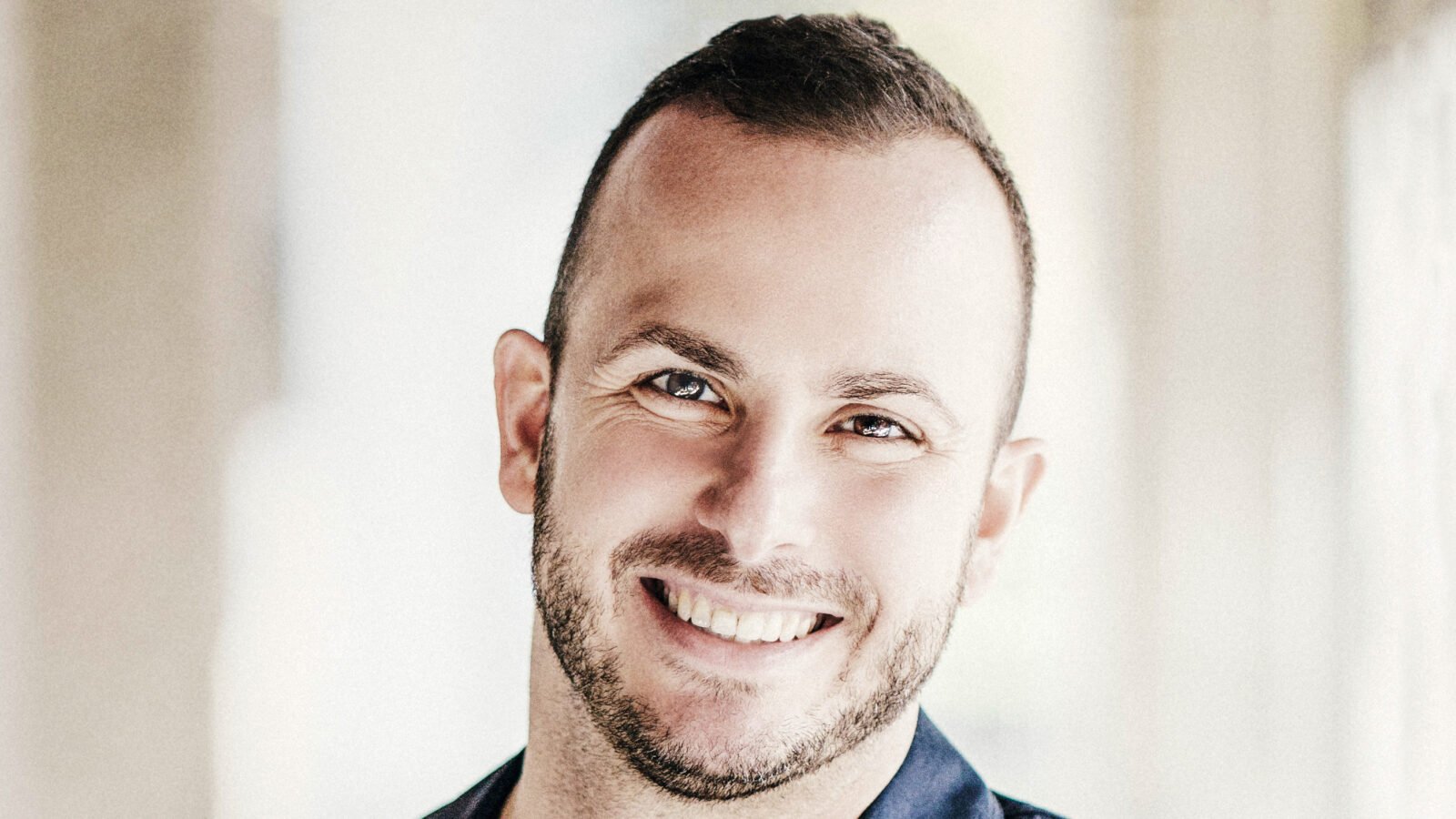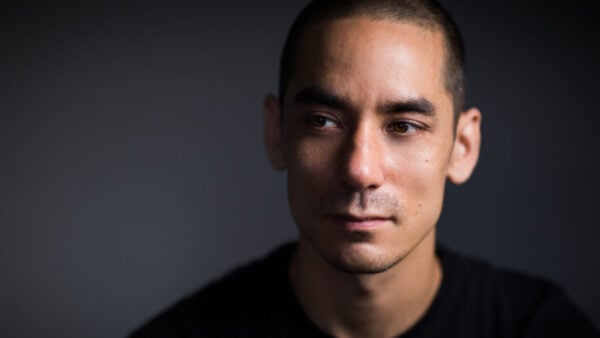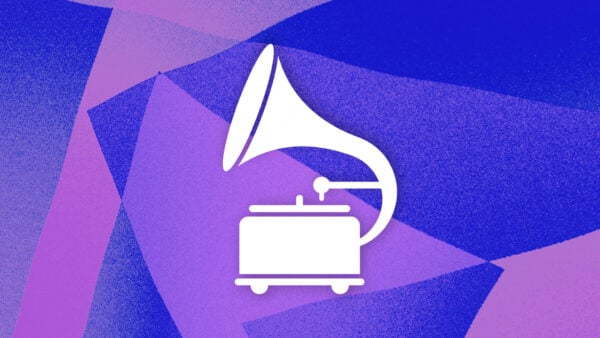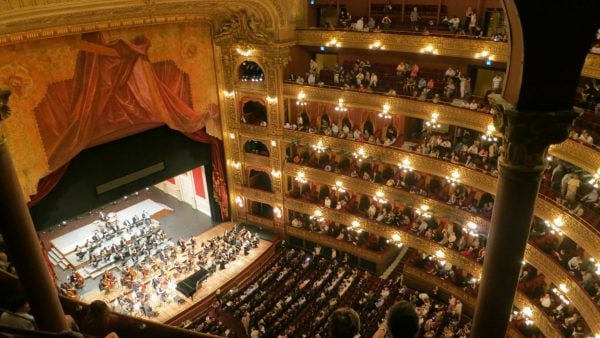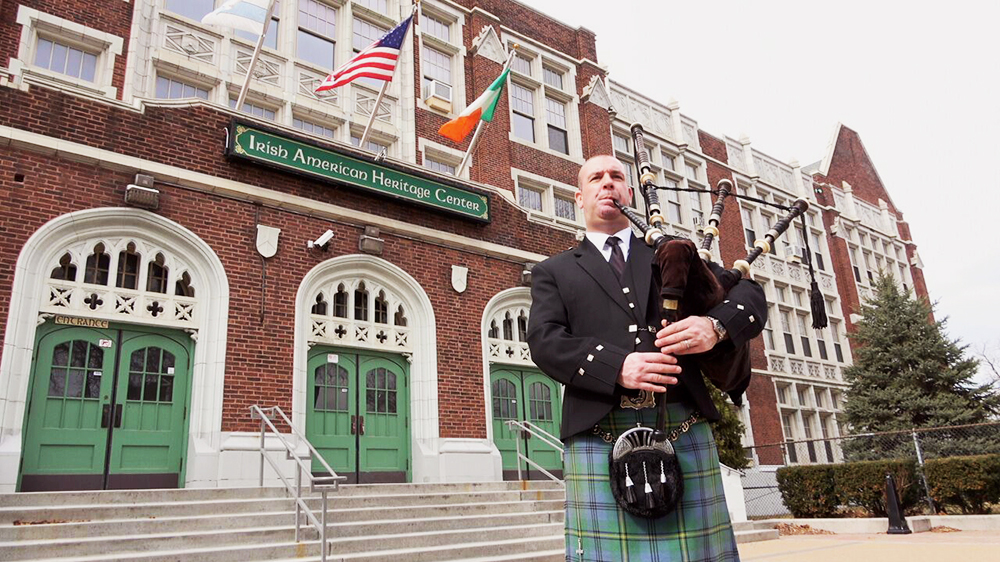
Though bagpipes are found all over the world, and in fact originated in the ancient Middle East, they are often associated with Scotland and Ireland. Why?
Piper Dave Johnston explained: “The simple answer is that the British Army and Scottish regiments took their pipes and drums with them wherever they went around the world. To this day, Scottish regiments continue to hold regular band practice wherever soldiers are stationed. So that means if someone is stationed in Iraq and takes their bagpipe with them, the instrument is going back to where it came from. Though I can’t imagine playing with all that sand!”
Discover more about this unique reed instrument’s history and how it’s played in a short lesson with Dave at the Irish American Heritage Center in Chicago. In the video below, Dave points out all of the major parts of a set of Great Highland bagpipes – from the blowstick to the chanter to the drones to the bag itself – and how they work together to produce a distinct sound.
Of course, what pipers wear is almost as important as the instruments they play. There are different variations on the kilt uniform today, which is known as Highland dress. The uniform that Dave is wearing is suitable for parades and some functions, he said, though is not a military uniform.
The kilt is the most recognizable part of the Highland dress. It's made of tartan, a special fabric pattern that is often registered in a family name. Dave wears the ancient Johnston tartan composed of light blue, light green, yellow, and black. “Ancient,” he clarified, “just means that it has been made to look old by using natural vegetable dyes and other natural materials and colors. Modern tartans can be in a multitude of colors.”
“It’s three layers of wool and is quite heavy. The phrase ‘the whole 9 yards’ comes from the kilt because originally they were made of 9 yards of fabric. So if you said you’re getting ‘the whole 9 yards,’ it mean you were getting the real thing – you had everything that was there to offer. Modern kilts usually aren’t 9 yards, but they’re still made in the same way with pleats in the back, and a flat front.”
“The kilt pin is designed to hold the fabric in place. Since there are so many layers of fabric, there’s no danger in high winds, but it gives you that little bit of extra security. They make them to look fancy, mine today looks like a little sword.”
“Supposedly Queen Victoria was inspecting the lines of regiments back in the day, and the wind blew up, and to save this young soldier’s blushes, she took one of her own brooches and fastened the front of his kilt. Allegedly, that was the start of the kilt pin, and it’s still used to great effect to this day.”

A close up of Dave Johnston's kilt showing pleating in the back with a flat front, as well as a kilt pin
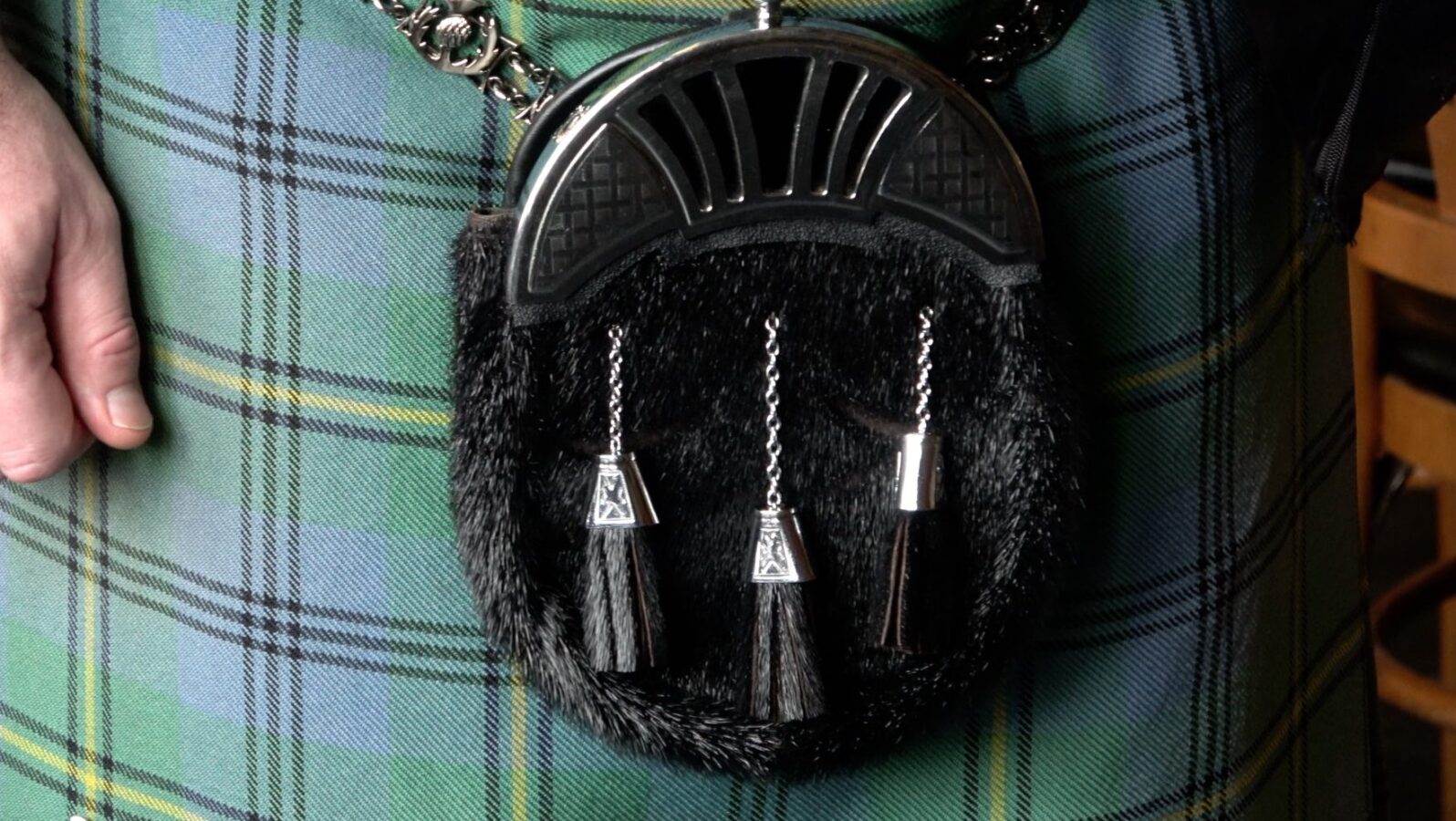
A closeup of the sporran, which serves as a purse since kilts have no pockets
In front the kilt is the sporran. “It’s kind of like a purse. The kilt doesn’t have pockets. There is nowhere to put things. Back in the old days and war times, it served a purpose too – it could protect and hold. But modern ones are more ornamental, so they’re designed to be a bit more flashy and impressive.”
The shoes pipers wear are called ghillie brogues that are laced up the socks. “The reason that the laces go up the socks, and the reason the socks come up so high,” he explained, “is actually to protect your legs. Back in the old days as people ran through the undergrowth, reeds and other plant life would whip at your shins and calves and you’d actually get hurt.”
“So, they decided that if the socks were longer, they could protect your legs a bit, and if you bring the laces up, your shoes or boots won’t get ripped off. (Of course then, it was mostly boots.) I wouldn’t recommend going through any undergrowth in these shoes because there’s holes in them. But they certainly look the part!”

Ghillie brogues are a kind of shoe with holes in the front that laces up the ankle
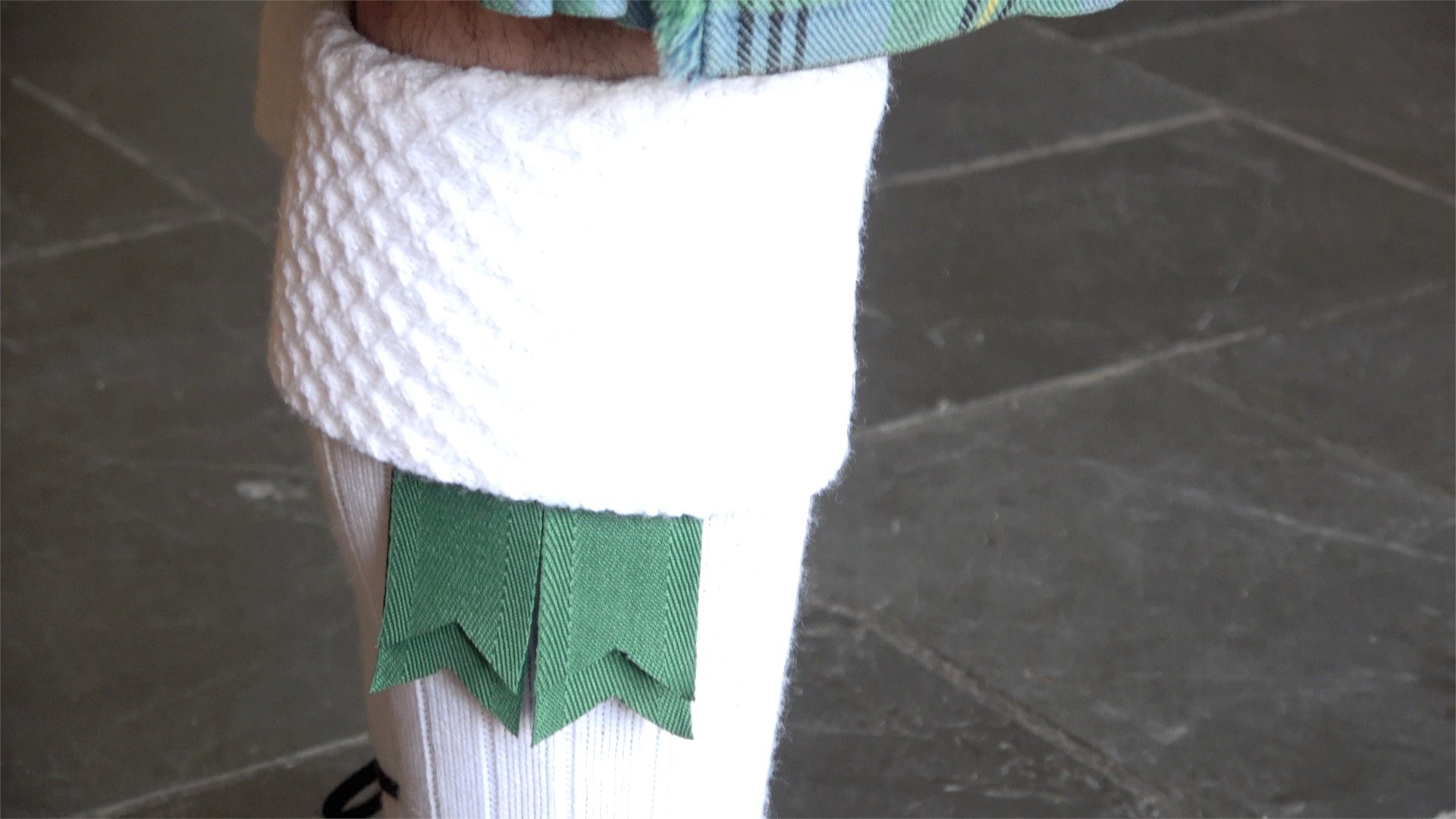
Colorful flashes help to hold up kilt hoes, which don't have any elastic
“At the top of the sock, there’s a flash of color that is coordinated to the kilt. They help hold the socks up with elastic, but also provide a little flash of color at the side, as well. Quite often, people will put in a knife in the sock, and that harkens back to the days when people always had a personal knife on them just in case.”
“This is more of a civilian uniform with a vest, shirt, and tie, typically worn with a jacket. The upper parts of the uniform are more interchangeable. For different functions, I could change out the shirt and tie, so for a more formal evening function, I might go with winged-collar shirt and a bowtie and what’s called a Prince Charlie jacket.”
“In the military, pipers will often wear a dark tunic and a piece of fabric called the piper’s plaid, usually made out of the same tartan as the kilt, which sort of cascades over the left shoulder down to almost the ground. They could also wear a hat, or even a feather bonnet!”

